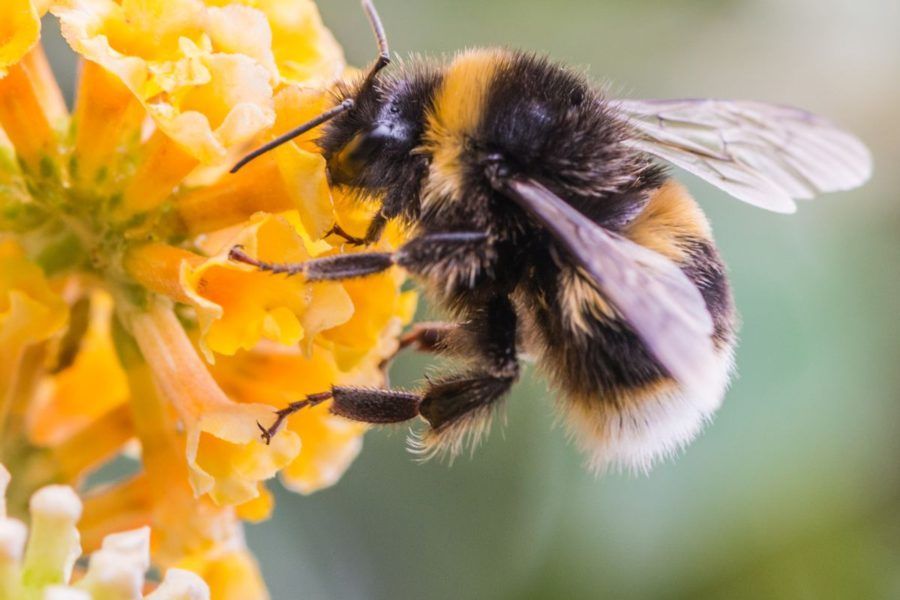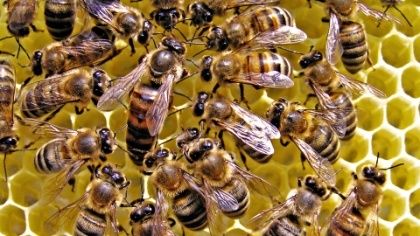
Science in the Glorious Quran: Bees
“وَأَوْحَىٰ رَبُّكَ إِلَى النَّحْلِ أَنِ اتَّخِذِي مِنَ الْجِبَالِ بُيُوتًا وَمِنَ الشَّجَرِ وَمِمَّا يَعْرِشُونَ . ثُمَّ كُلِي مِن كُلِّ الثَّمَرَاتِ فَاسْلُكِي سُبُلَ رَبِّكِ ذُلُلًا ۚ يَخْرُجُ مِن بُطُونِهَا شَرَابٌ مُّخْتَلِفٌ أَلْوَانُهُ فِيهِ شِفَاءٌ لِّلنَّاسِ ۗ إِنَّ فِي ذَٰلِكَ لَآيَةً لِّقَوْمٍ يَتَفَكَّرُونَ” (النحل: 68-69).
“And your Lord inspired the bee: “Set up hives in the mountains, and in the trees, and in what they construct.” Then eat of all the fruits, and go along the pathways of your Lord, made easy (for you). From their bellies emerges a fluid of diverse colors, containing healing for the people. Surely in this is a sign for people who reflect.” (Qur’an, 16:68-69)
The Female Worker Produces Honey
Honey bees use caves, rock cavities, and hollow trees as natural nesting sites, in addition to the Man-made structures which are typically referred to as “beehives”.
The female queen determines which sex is required at the time each individual egg is laid. A fertilized egg produces a female offspring and an unfertilized egg produces a male. A worker bee is a female which lacks the reproductive capacity of the queen bee.
It was estimated that bees fly over 48,000 miles to gather the nectar needed to produce a litre of honey (travel the paths of your Lord). The nectar is mixed with enzymes in the stomach and carried and stored in wax cells (There comes forth from their bellies a drink). A part of honey, a worker bee produces beeswax, royal jelly, and a resin, called propolis. Unlike the female worker bee, the only role of the male bees is to inseminate a fertile queen.
In Arabic grammar, the verb tells whether the subject is a female or a male. The verbs used for the bees in the above verses (colored red) are in the grammatical form which indicates that the worker bees are females. Therefore, the Qur’an predicted the sex of the worker bee more than 14 centuries ago. Interestingly, the light microscope–which was used to dissect insects to predict their gender–was only in use starting in the late 1600’s.

Bees taking a rock cavity and a hollow of a tree as natural nesting sites

The queen and worker bees

Bees fly over 48,000 miles to gather the nectar required for the production of a liter of honey

